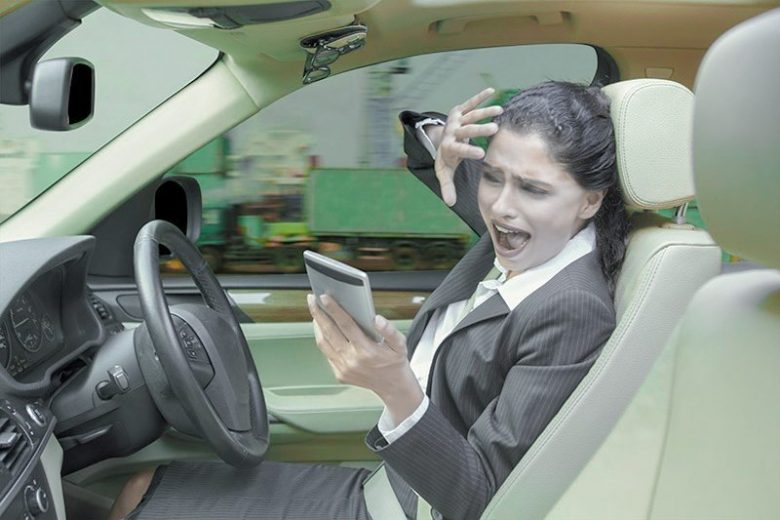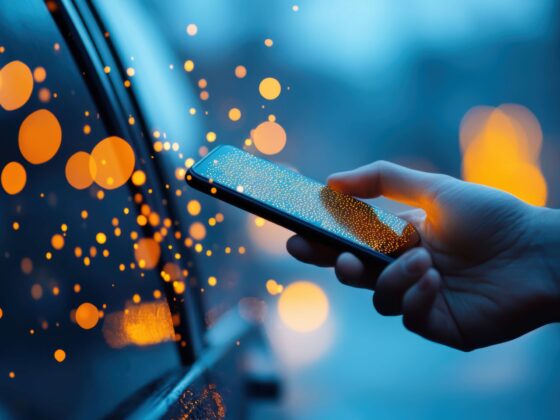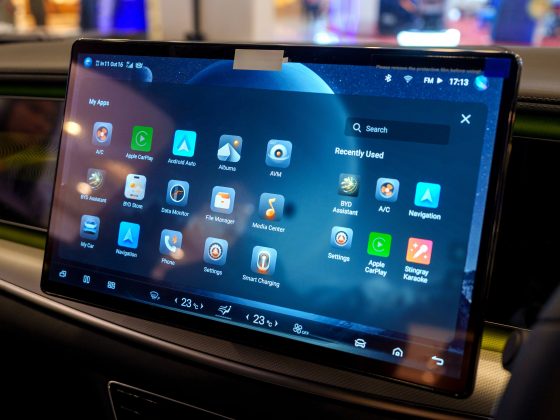The new millennia introduced a plethora of technology advancements for smartphones and everything that connects to them, including cars. With that, a rise in distracted driving has become a widespread issue with little recognition as to the seriousness of the problem. So, before the month of April comes to a close, we would like to ask all drivers out there to the pledge to drive cell free.
Use eTags© to Quickly Complete Your DMV Service. Renewals, Title Transfers and More, All Online!
What It Is
Simply put, distracted driving is the practice of driving a car or other motorized vehicle like a motorcycle or truck while engaged in another activity like texting, surfing the internet, or talking. When you are distracted, you FAIL to be:
- Visually focused by taking your eyes of the road to look at something like your smartphone screen
- Manually committed to the steering wheel by taking one or even both hands off to retrieve an item in your car
- Cognitively attentive and fully committed to the act of driving
Using a cell phone while driving is illegal in many states these days. As such, people have chosen to use handheld options in order to be able to at least talk on the phone while driving. Contrary to popular belief though, hands-free texting or talking is not actually that much safer. Having a blue-tooth headset on or connecting your phone to your car’s blue tooth doesn’t eliminate the distraction that ultimately makes a person unable to drive as safely as possible.
Who is Speaking Out
Several government agencies have spoken out about the dangers of distracted driving including the NSC and the CDC. There is even an entire government website dedicated to the issue: distracted.gov. Clearly, the problem is bigger than most people realize. Although many believe that they can still drive safely even when just taking quick glances at their cell phone or talking via the car’s blue tooth, studies show otherwise. With multiple government agencies and other organizations like EndDD and the AAA Foundation amongst others doing what they can, parents, teens, and everyone in between are the ones who not only have to act on these recommendations but also promote them to everyone they know.
What They Are Saying
There are dozens of studies out there brining to light the staggering number of crashes that can be associated with distracted driving.
- According to a study conducted by the AAA Foundation, 6 out of 10 teen crashes involve a distracted driver.
- According to the NHTSA, drivers in their 20s make-up 27% of the distracted drivers in fatal crashes.
- According to the Texas A&M transportation Institute, drivers who use their hands or voice (using speech-to-text systems) have reaction times that are twice as slow as normal/average.
You can find a lot of information out there on the dangers of distracted driving nowadays. Feel free to not only visit the resources we are providing, but search for other organizations out there who are looking to inform the public about the dangers of driving while distracted. Like us, you’ll likely be surprised at what many studies have found regarding the subject.
What You Can Do
Most of us don’t even think twice about picking up the phone to look at a text or call that just came in. However powerful the temptation though, we have to find ways to keep our focus on the road and off of our screens. Here are a few tips from the NSC about how you can drive safely and avoid distractions:
- Turn your cell phone off or set it to silent before you start driving
- Put your cell phone in the trunk of your car and take it out when you arrive at your destination
- Inform your friends and family that you will be unavailable to respond using a text or email template to send to all before you start driving
- Install an app on your phone that disables it while your vehicle is in motion
No matter how you choose to reduce your risk, the important thing is start today and share with your friends and family so that they can be safe too.
Who will you pledge for?








